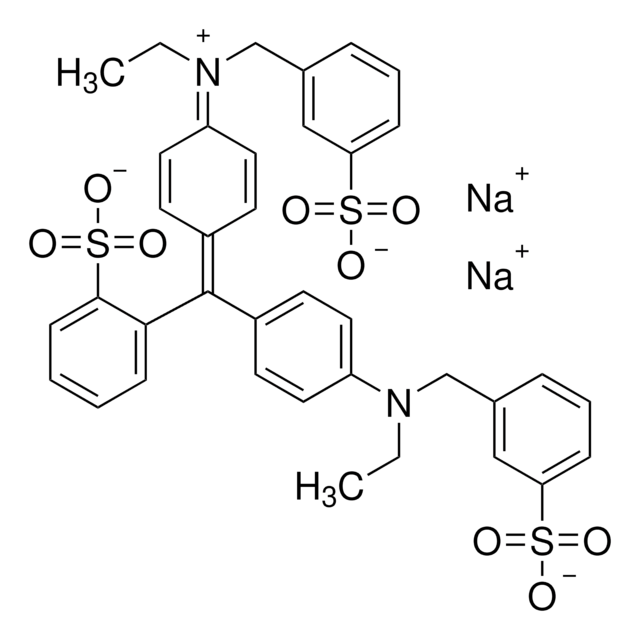13440
Hypochlorite de sodium solution
6-14% active chlorine basis
Synonyme(s) :
Antiformin, Hypochlorous acid, sodium salt, Sodium chloride oxide (NaClO), Sodium hypochloride, Sodium oxychloride
About This Item
Produits recommandés
Niveau de qualité
Durée de conservation
limited
Pertinence de la réaction
reagent type: oxidant
Concentration
6-14% (active chlorine)
Température de stockage
2-8°C
Chaîne SMILES
[Na+].[O-]Cl
InChI
1S/ClO.Na/c1-2;/q-1;+1
Clé InChI
SUKJFIGYRHOWBL-UHFFFAOYSA-N
Vous recherchez des produits similaires ? Visite Guide de comparaison des produits
Catégories apparentées
Attention
A gradual, substance-specific content reduction, especially at higher temperatures must be expected.
Mention d'avertissement
Danger
Mentions de danger
Classification des risques
Aquatic Acute 1 - Aquatic Chronic 2 - Eye Dam. 1 - Met. Corr. 1 - Skin Corr. 1
Risques supp
Code de la classe de stockage
8B - Non-combustible corrosive hazardous materials
Classe de danger pour l'eau (WGK)
WGK 2
Point d'éclair (°F)
Not applicable
Point d'éclair (°C)
Not applicable
Certificats d'analyse (COA)
Recherchez un Certificats d'analyse (COA) en saisissant le numéro de lot du produit. Les numéros de lot figurent sur l'étiquette du produit après les mots "Lot" ou "Batch".
Déjà en possession de ce produit ?
Retrouvez la documentation relative aux produits que vous avez récemment achetés dans la Bibliothèque de documents.
Notre équipe de scientifiques dispose d'une expérience dans tous les secteurs de la recherche, notamment en sciences de la vie, science des matériaux, synthèse chimique, chromatographie, analyse et dans de nombreux autres domaines..
Contacter notre Service technique








